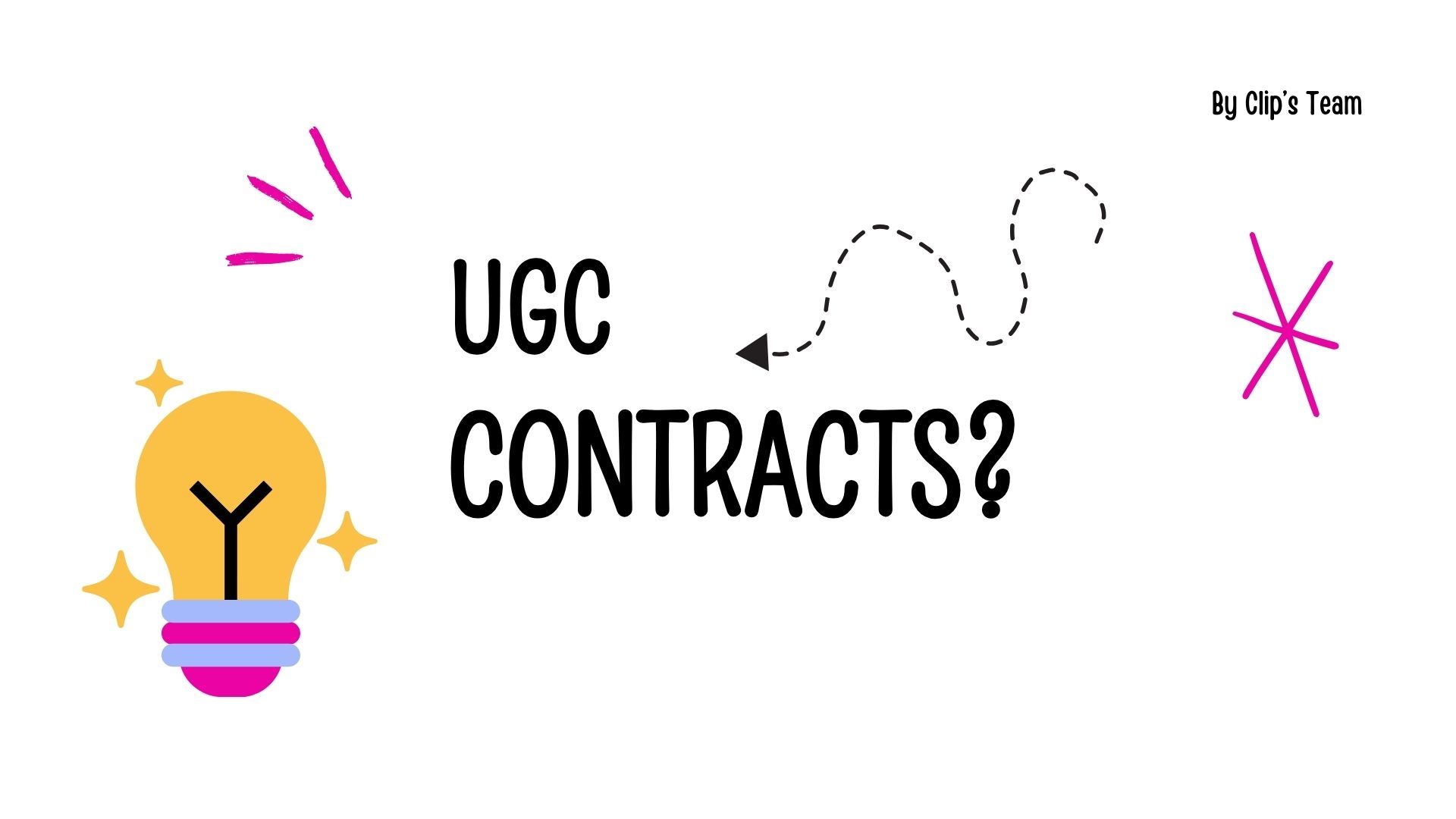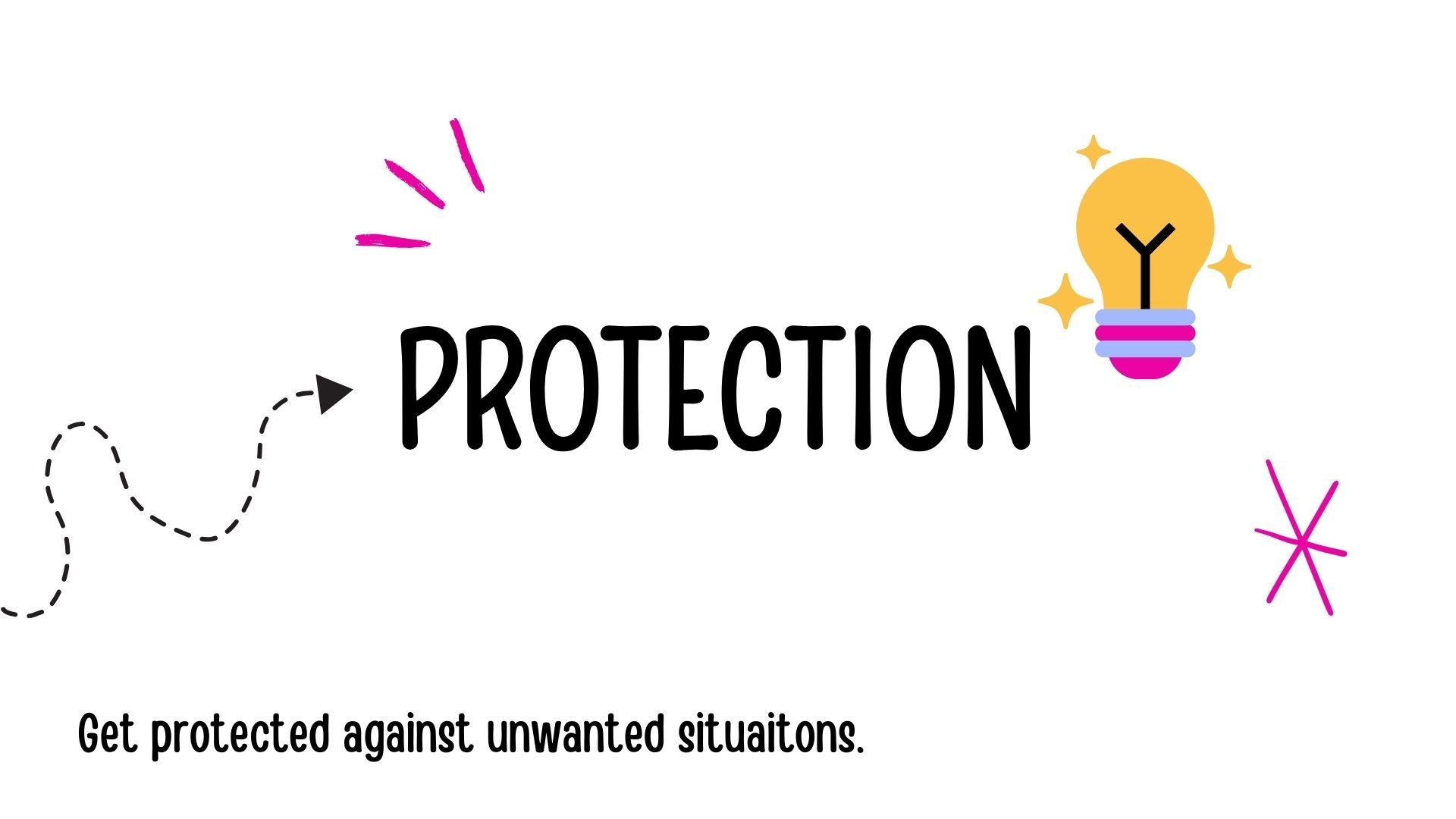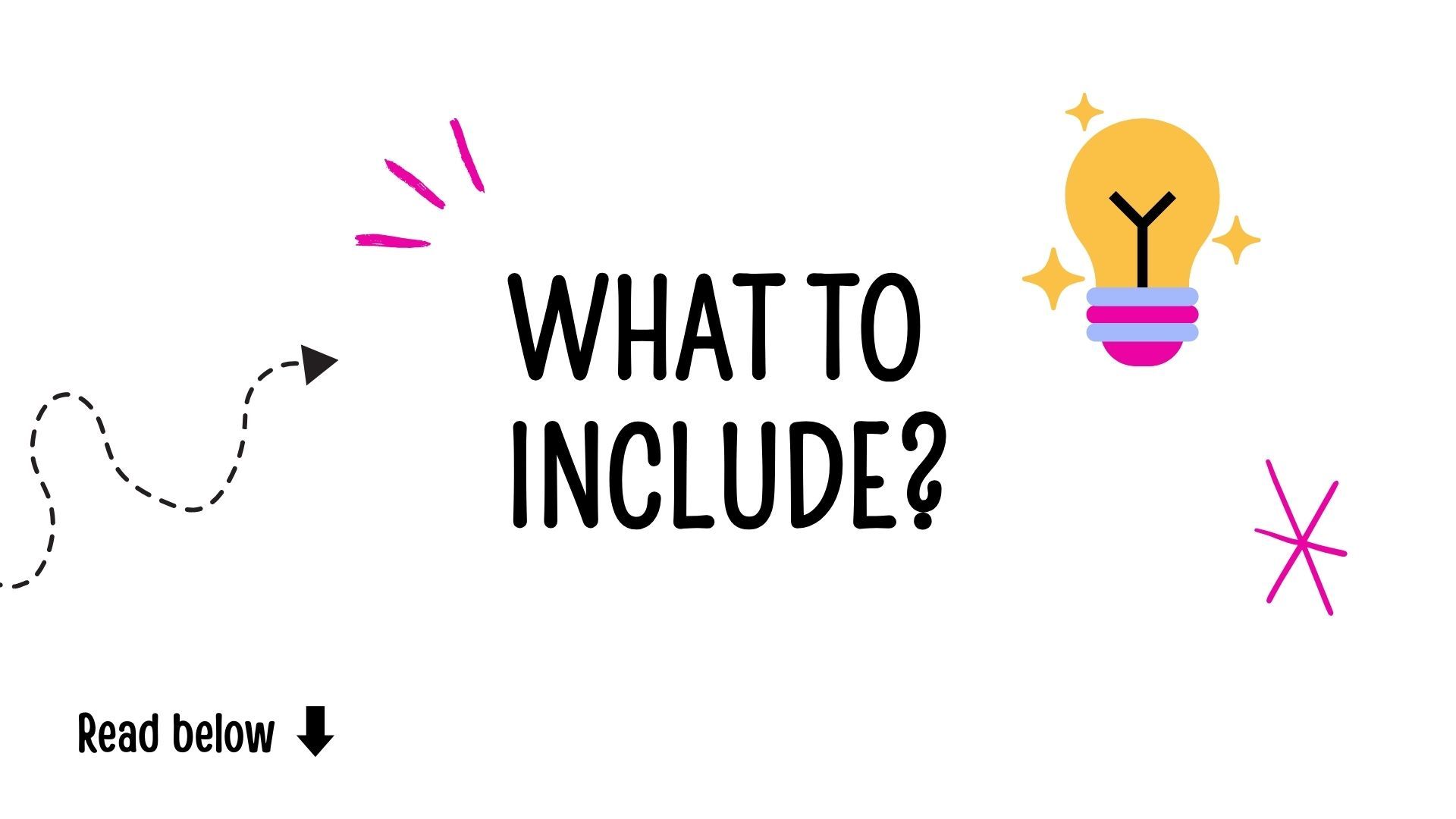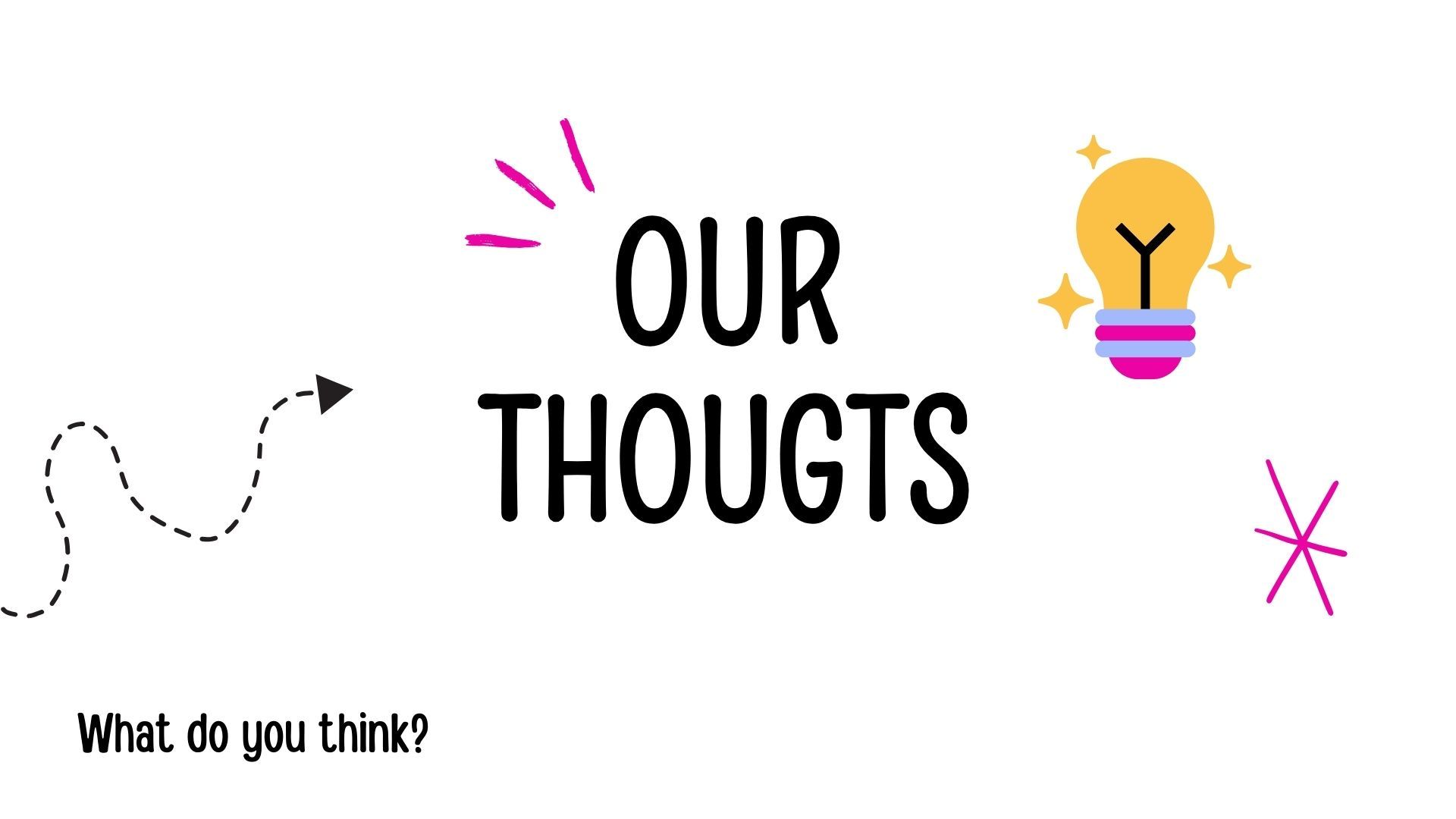We’re guessing you didn’t get into UGC because you are passionate about contracts and legal stuff. And it might be tempting to skip putting together a contract when you land a brand deal–after all, everything *should* be fine, right?
We’ve briefly mentioned this topic before, but we decided it’s time to return because it’s important–and many creators still don’t understand why or how to protect themselves while negotiating UGC deals.
So let’s change that today! 🎉
This article is written in collaboration with the wonderful UGC creator Alison McFarland, who educates and mentors other UGC creators! So you know you’ll read lots of good advice for creators in this article. 😄
Why should we ask brands to sign contracts?

There are a few reasons (and we’ll give some examples below), but you need a contract mainly for peace of mind. Once you know that both sides have signed it, the brand looked it over and agreed to it, and now no one can change their mind and ask for extra deliverables because they feel entitled to them; you can create your content without a bunch of worries in the back of your mind.
Without a contract, you can get stuck with more work for the same pay because brands might withhold payment until you do what they want. You want to protect yourself from messy situations; verbal agreements aren’t enough.
Here are a couple of examples of situations where having a contract can be a lifesaver:
- Revisions: Has a brand ever asked you for 2-3 revisions because they forgot to tell you something, or maybe they don’t like some random word you said in the video? Well, if you have a contract that clearly says only one revision is included: bye-bye, super picky client! You don’t need to worry about surprise revisions unless you agree to do more for more pay.
- Footage/B-roll from filming: Have you been surprised when a brand suddenly demands that you turn over all the B-roll you filmed as part of the project? If you’ve never talked about whether or not they can have the extra footage, this puts you in a tight spot–with a contract, you can look at your agreed-upon terms and say, “This wasn’t included in the original price.”
And really, those are just two examples. We can think of TONS more (and I’m sure you can, too).
So, let’s discuss what to cover in your UGC contracts so you don’t get any nasty surprises.
What protections do you need?

As UGC creators, we need to protect ourselves against two main things: Free labor requests and potential legal dangers.
Many brands don’t understand the time, work, and effort that goes into making high-quality UGC, so they won’t know that asking you to just “throw in” some extra revisions, extra footage, or other add-ons is asking you to work for free. It’s not that they’re mean or trying to take advantage of you–but you still need to be able to stand up for yourself. You want your contract to be super specific about the scope of work included, so you don’t have to do work you’re not being paid for.
Second, advertising products comes with legal risks. We’ll discuss this more in the next section of this article, but let’s say you create UGC for a skincare brand, and this brand tells you to talk about how their products cure acne in a week. If a customer tries it after seeing your video and wants to sue the brand because it didn’t cure their acne in a week, you don’t want to be held liable, too.
What should you include in a UGC contract?

Now that we know why contracts are a REALLY good idea for UGC creators, let's look at what to include. Here’s what Alison recommends:
- Payment. Include the price for each video and any extra add-ons you’ll charge the brand for, then total it up. It’s also good to specify when the brand will pay you–usually after they approve the final videos.
- Timelines. Work with the brand to agree on a deadline, then ensure you include that in the contract. The last thing you want to do is to agree to a deadline 10 days out and then have someone from the brand email you on day 3 asking where their content is. It helps to have a contract to show them in situations like this.
- Revisions. How many are included? You don’t want to be stuck doing extra revisions because Karen from marketing decides she doesn’t like the table you used in the first shot.
- Licensing. Are they fully licensed to use your content?
- Usage rights. Will you charge them for usage rights? And if so, how much?
- Indemnification. This is a big one. Let’s pretend you promote a brand that claims to heal arthritis in one month. (Okay, I know you wouldn’t be crazy enough to fall for that, but it’s just an example). This is what the brand claims and asked you to say in the video, so that’s what you said. Fair enough.But what happens if Karen from Salt Lake City tries the product and it doesn’t work for her? She might sue the company for false advertising. In such cases, you want to protect yourself from getting sued by unhappy customers. After all, if Karen saw your video and it convinced her to buy the product, someone might also try to throw the blame your way. The bottom line is that if something goes wrong with a product you’ve promoted, you don’t want to be held liable. Consider the potential dangers, and if something seems risky or a bit off, add it to the contract.Most of the time, this won’t be a problem or concern. But it’s better to be safe than sorry, so if your gut tells you that something *could* be wrong, specify that you can’t be held liable for claims the brand is making.
- Non-compete clauses. You don’t want to include a non-compete clause–you want to AVOID these unless you have an ongoing, brand ambassador-style relationship with the brand. For example, you wouldn’t want to do one collaboration total with Adidas but sign a non-compete clause that says you can’t work with their competitors ever in your life. You won’t work with their competitors immediately, but you don’t want to limit yourself down the line if you get to represent a competitor.
What tools can you use to draft a contract?
Thankfully, you don’t need something super complicated. Use Microsoft Word or a template from Canva to get you started. (Or use this one)
Then, create a standard template that includes everything listed above, add the details relevant to your current project, and send it to the brand.
If you want to get fancy and add signatures, you can use something like DocuSign. If you’d rather not spend money on that, having them read and email you saying they agree should be sufficient.
Our thoughts

Having a contract adds a bit of extra work (although if you have a standard template, it’s not too bad), and it adds some back and forth with brands–but it’s worth it. With a contract, you’re protected against brands changing their minds or demanding too much because they don’t understand the work involved in making UGC.
This applies even to situations where you’re only making one video for a brand–it’s better to be protected than not protected.
One thing to mention is that at Clip, you don’t need contracts to work with the brands on the platform. We have strict rules and processes in place, and brands cannot just ask for extra deliverables or edit turnaround times whenever they want.
Plus, we have a support team ready to assist creators 24/7. If you feel something needs to be revised or if a brand asks for something that’s a bit off, know you’re protected. Reach out to us for help. ☎️
We'd like to give a huge thanks to Alison McFarland for helping us out with this article. ❤️
Table of content
Looking for UGC Videos?






